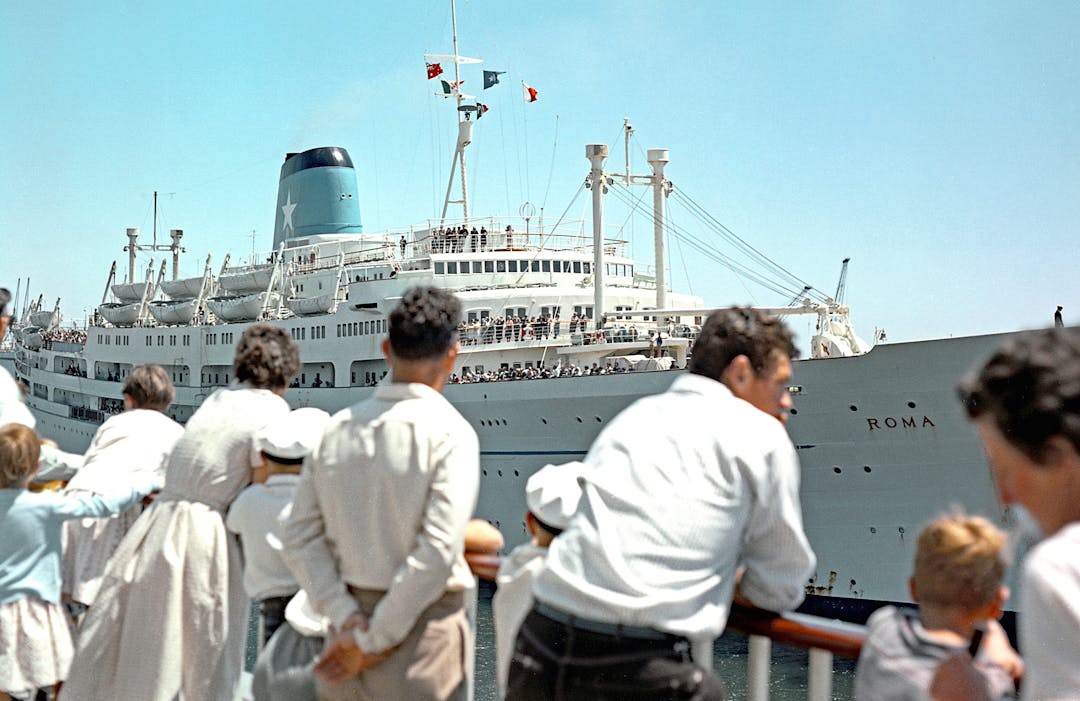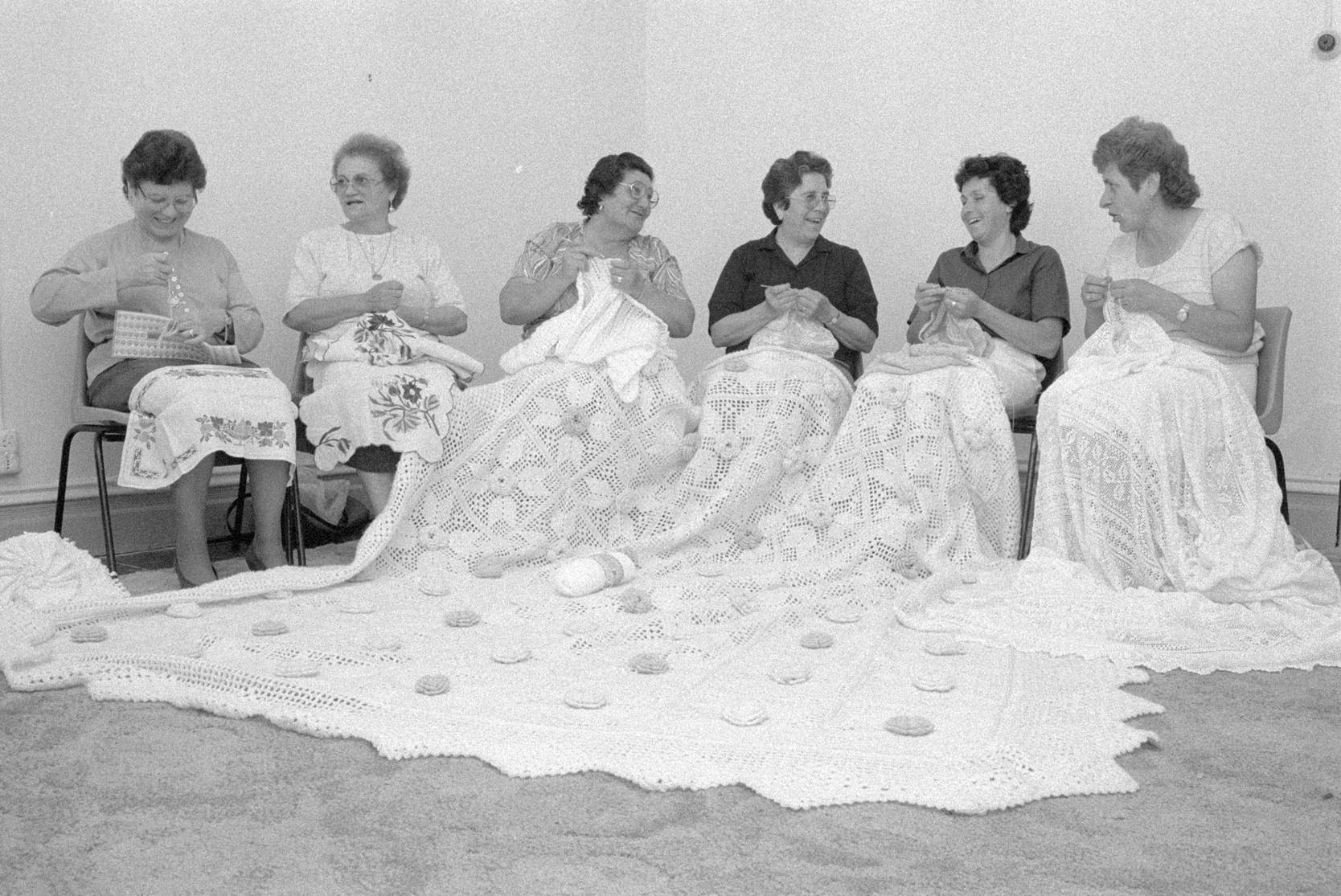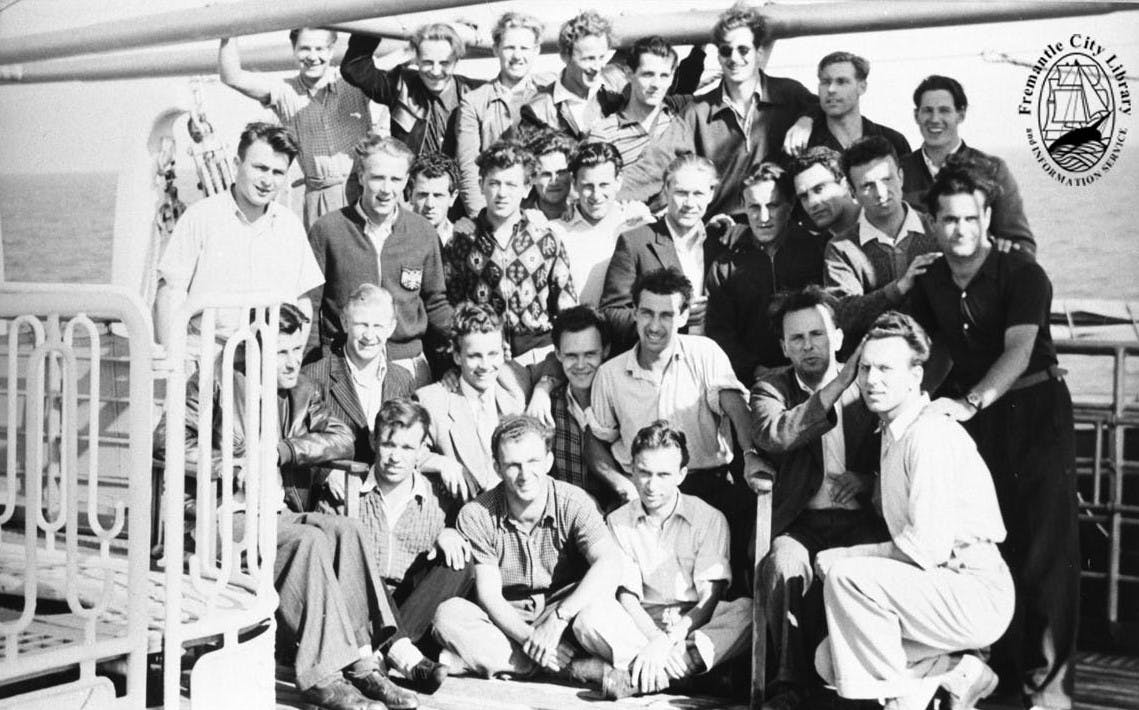Celebrating Fremantle's Southern and Eastern European Migrants
Consultation has concluded

We want your help to identify and map the key places, families, customs, organisations, businesses and industries related to Fremantle’s post-war and 20th century migrants and how they've helped make Fremantle what it is today.
Image: Supplied by Fremantle Ports
Fremantle has been significantly shaped by migrant communities, particularly southern and eastern Europeans emigrating in the post-war period. For hundreds of thousands of new arrivals Fremantle has special significance as the site of first landfall and the first impressions of Australia.
Being one of the most isolated cities in the world, European migrants brought a rich new dimension of foods, customs and culture, adding to the area’s long history of Aboriginal ownership and colonial and gold rush settlement. Fremantle’s post-war migrants have had a lasting impact and helped shape Fremantle into the culturally diverse place that it is today.
“If you took the cultures of dozens of countries from around the world, picked out the best parts, mixed them up and put them down in one place – that place would be Fremantle.” Fremantle Mayor Brad Pettitt, Blessing of the Fleet 2018
What will my input be used for?
Your input is important to help capture what places and people have contributed to the rich influence on Fremantle’s social, cultural and built environments.
There are many ways this influence can be recognised, celebrated and conserved for future generations. The stories we hear from the community will help us guide recommendations on how we can best do this, including for future projects.
How can I contribute?
- Add to the ‘shaping Fremantle’ map below. Drag a pin onto the map and tell us which places, customs, businesses, industries or families are important and how they have helped shape Fremantle. If you have a photo related to this place you can also upload it there.
- Click ‘information / nomination form’ and complete the form to nominate your family or to provide us with information directly (you can also upload photographs or material here if you do not want to put them on the map). Please tell us if you would like to be involved in sharing your stories via interviews or further discussion.
- If you need assistance to participate, or know someone who does, you can call 1300 MY FREO (1300 69 3736) or email us at communityengagement@fremantle.wa.gov.au
- If you would like to receive updates only you can subscribe here (if you participate you will automatically receive updates).






